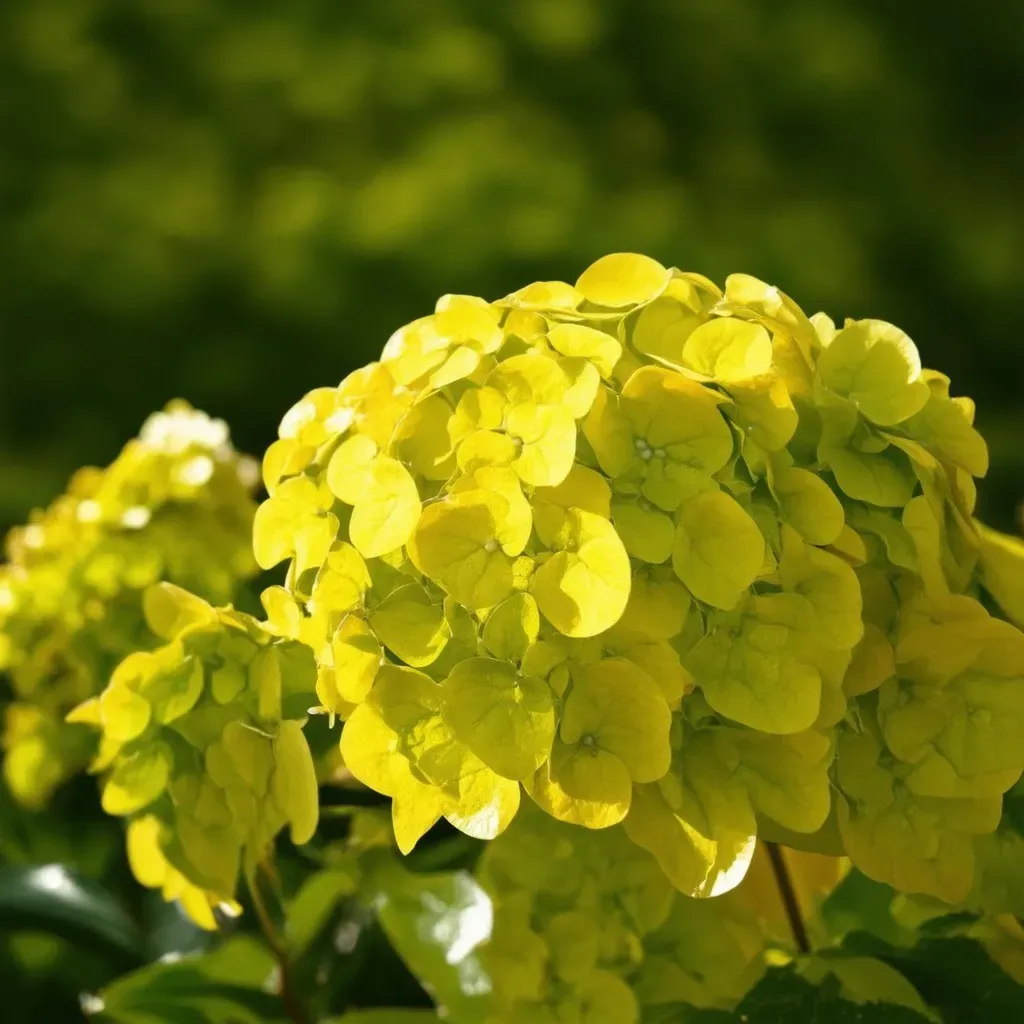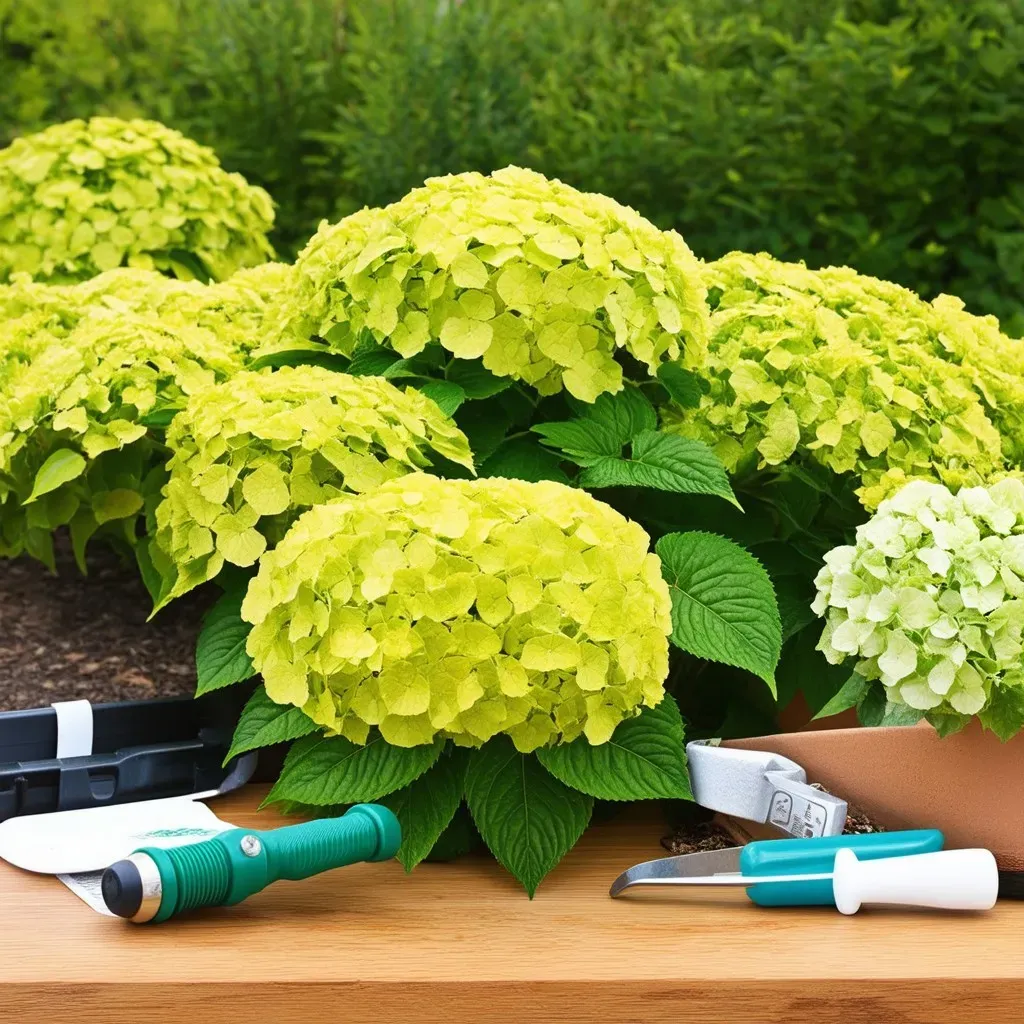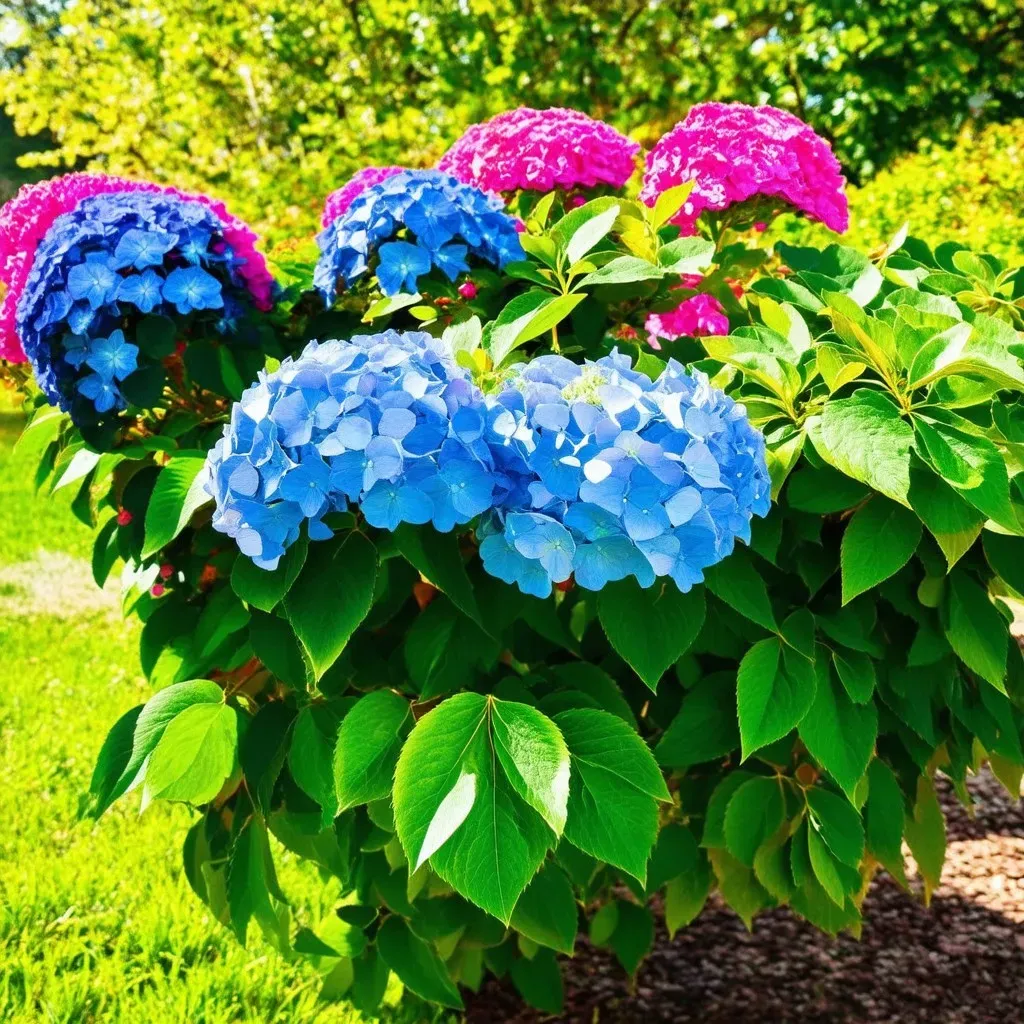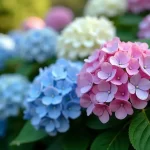hydrangea leaves turning yellow can be alarming for gardeners, as it often indicates an underlying problem that could threaten the health of these beloved plants. Several factors may cause this discoloration, ranging from environmental stress to nutrient deficiencies. Understanding the reasons behind yellowing hydrangea leaves and addressing them promptly can ensure these vibrant plants thrive in your garden.
Common Causes of Yellowing Hydrangea Leaves
Nutrient Deficiencies
One of the primary culprits of yellowing leaves is nutrient deficiency, often due to poor soil quality or improper fertilization. The most common deficiencies that affect hydrangeas include:
- Iron Deficiency: When new leaves turn yellow but the veins remain green, this is a classic sign of iron deficiency, known as chlorosis. This usually stems from high soil pH, which limits the plant’s ability to absorb iron.
- Nitrogen Deficiency: Nitrogen is essential for leaf growth. Yellowing occurs when there isn’t enough nitrogen in the soil, leading to stunted growth and pale coloration.
| Nutrient | Symptoms | Cause |
|---|---|---|
| Iron | Young leaves yellow, veins green | High soil pH, poor drainage |
| Nitrogen | Older leaves yellow | Low nitrogen levels |
Watering Issues
Watering practices significantly influence hydrangea health. Both overwatering and underwatering can lead to yellowing leaves.
- Overwatering: Excess water can lead to root rot, depriving the plant of oxygen. The leaves may turn yellow and drop off.
- Underwatering: Insufficient water can also lead to stress, causing leaves to yellow and wilt.
Soil pH Imbalance
Hydrangeas prefer slightly acidic to neutral soil (pH 5.5 to 7.0). If the pH rises above this range, nutrient availability decreases, leading to yellowing leaves. Regularly testing the soil pH can help you maintain appropriate levels.
Environmental Stress
Hydrangeas are sensitive to environmental changes. High heat, too much sun, or cold winds can lead to yellowing leaves.
- Sun Scorch: Exposure to harsh sunlight can cause leaves to burn. Yellowing, wilting, and crispy edges may result.
- Temperature Fluctuations: Sudden temperature changes, particularly in spring and fall, can stress the plant.
Pest Infestations
Insects such as aphids and spider mites can sap the vitality of hydrangeas, leading to yellow leaves. These pests draw fluids from the plants, causing weakened foliage and, eventually, yellowing.
Fungal Diseases
Fungal infections like powdery mildew and root rot can also cause discoloration in hydrangea leaves. Monitoring for signs of infection—such as leaf spots or fuzzy growth—can help catch these issues early.
Solutions to Fix Yellowing Hydrangea Leaves
Fertilization
To address nutrient deficiencies, consider using a balanced fertilizer that includes micronutrients like iron and nitrogen. Organic options like compost or well-aged manure can enhance soil quality naturally.
Adjust Watering Habits
- Monitor soil moisture by sticking your finger an inch into the soil; it should feel slightly damp, not soggy.
- Ensure that your hydrangeas are in well-draining soil to prevent root rot.
pH Modifications
If soil tests reveal a pH imbalance, you can lower the pH by adding sulfur or peat moss. Conversely, to raise the pH, lime can be added.
Provide Shade
If your hydrangea is receiving too much sunlight, consider relocating it to a more shaded area or use garden fabric to provide some natural cover during peak sun hours.
Pest Control
Regular inspection of leaves for pests can help keep infestations at bay. Use insecticidal soap or neem oil to treat infestations if they occur.
Disease Management
For fungal issues, ensure good air circulation by spacing plants adequately. Use fungicides as needed and remove diseased leaves promptly to prevent spreading.
Reference Video
Table of Solutions for Yellowing Hydrangea Leaves
| Problem | Symptoms | Solution |
|---|---|---|
| Nutrient Deficiency | Yellowing leaves | Fertilize with balanced nutrients |
| Overwatering | Dropping leaves | Reduce watering and check drainage |
| Underwatering | Wilting and yellow leaves | Increase watering |
| High Soil pH | Yellowing leaves | Amend soil with sulfur or peat moss |
| Sun Scorch | Browning edges, wilting | Provide partial shade |
| Pest Infestation | Weakened foliage | Use insecticidal soap |
| Fungal Infection | Leaf spots, fuzzy growth | Apply fungicide, improve airflow |
FAQs About Yellowing Hydrangea Leaves
Why are my hydrangea leaves turning yellow and dropping?
Yellowing and dropping leaves can often indicate overwatering or root rot. Make sure that the soil drains well and adjust your watering practices accordingly.
How can I tell if my hydrangea is getting too much sun?
Signs of too much sunlight include yellowing leaves with crispy edges, wilting, or even burned spots. Generally, hydrangeas thrive in partial shade.
What is the ideal soil pH for hydrangeas?
Hydrangeas prefer slightly acidic to neutral soil, ideally within the range of pH 5.5 to 7.0.
Can I use regular fertilizer on my hydrangeas?
It’s best to use a fertilizer formulated for flowering shrubs. Look for one that provides a balanced ratio of nitrogen, phosphorus, and potassium and contains micronutrients.
Are yellow hydrangeas a sign of a specific disease?
While yellow leaves can indicate various issues, the specific disease may require additional observation, like spotting. Fungal and bacterial diseases often have distinct symptoms beyond yellowing.
For more tips and solutions, you can refer to The Spruce’s article on hydrangea leaf care.



By being proactive and adjusting care based on these guiding principles, you will be well on your way to cultivating healthy and vibrant hydrangeas in your garden.


